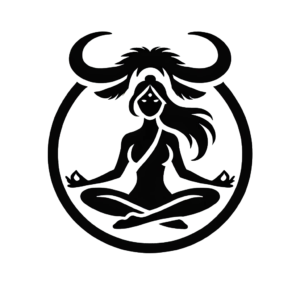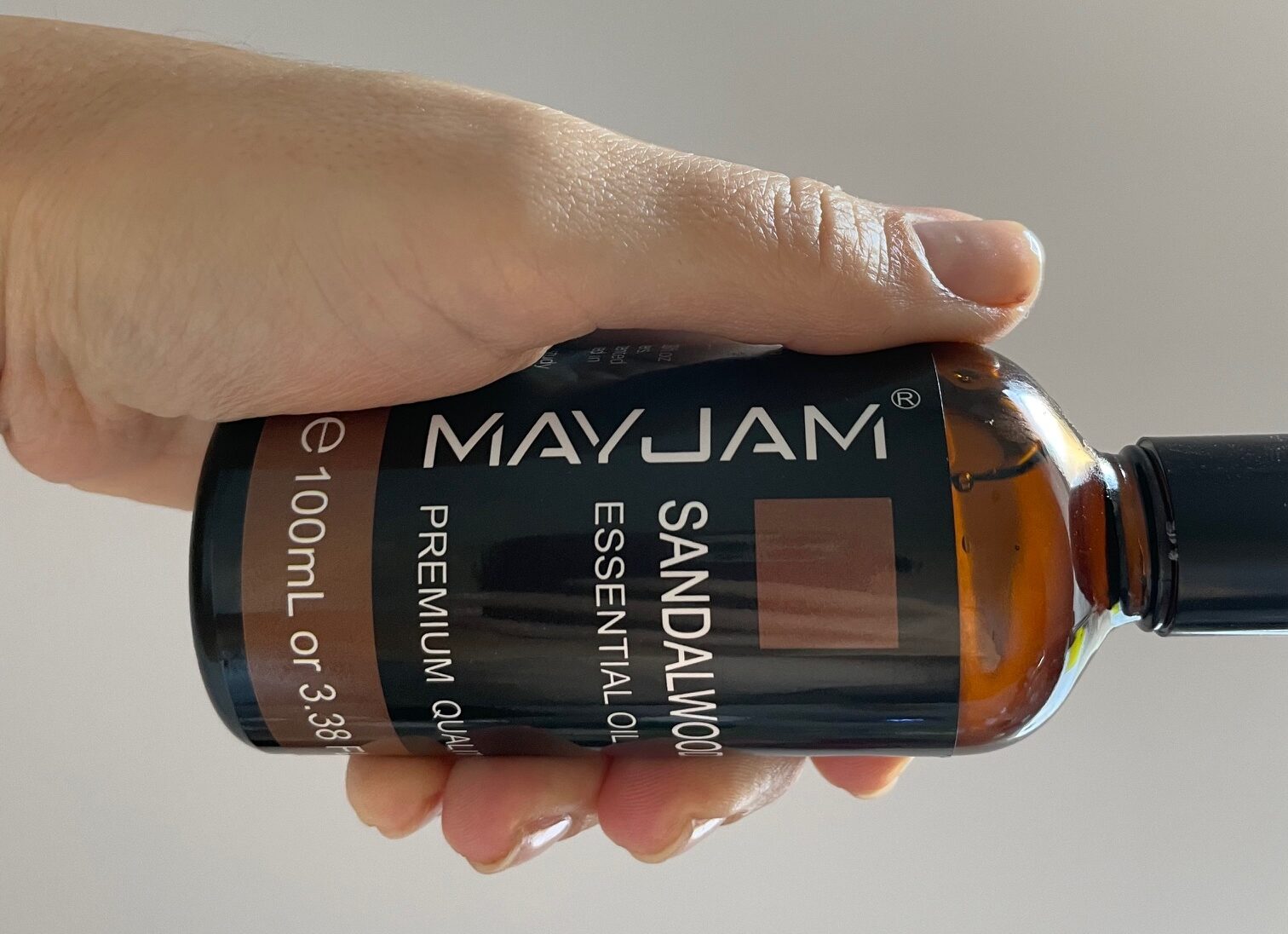Sandalwood in Ayurveda
Sandalwood is time-tested in traditional Indian medicine, Ayurveda, for its pitta-reducing quality. It cools and soothes the skin in cases of irritation or sunburn. According to Ayurveda, pitta dosha, an excess of heat in the body, may be indicated by excessive skin discolourations. We know that some of us with a Mediterranean complexion produce more melatonin naturally, and are more prone to sun spots and liver, or aging spots. Studies have shown that sandalwood inhibits the secretion of tyrosinase in humans, an enzyme key to the synthesis of the skin pigment melanin. After my second pregnancy, I developed the chronic skin condition melasma, which manifests every summer and fades away every autumn, no matter how strong the sunscreen I use. I have tried everything to reduce its effects and to fade my sun spots, but have found little relief.
However, this post isn’t about skin colour, it’s about sandalwood and why its application is so popular in many yogic practices. I just thought it important to note that not only is the science of Ayurveda reserved for practice only by trained professionals, but also that, regardless of how efficacious it is, it is an ancient tradition from the 2nd century. The practice of Ayurvedic medicine then was heavily influenced by the lighter-skinned Indian upper-caste, known as Brahmins. People belonging to this caste traditionally looked down on those with darker skin, considering it something that needs to be “corrected,” which is obviously an outdated and incorrect view.
Sandalwood may or may not help with my skin discolouration and melasma, but that hasn’t stopped me from enjoying its potent, calming, masculine scent, which I sometimes mix with my perfume, natural deodorant or add to my oil-based diffuser.
Still, with its anti-inflammatory properties sandalwood also helps cases of acne, rashes, and insect bites. Thanks to its astringent properties, is balances excess sebum and moisturises the skin, so I won’t discard it from my skin care routine just yet, because of its association with ancient beliefs that I disapprove of.
Introduction to Sandalwood
There are several kinds of sandalwood trees used for different purposes. The main genus is Santalum and belongs to the same family as mistletoe. There are two main kinds of “true” sandalwood, as well as other important varieties, including:
- White sandalwood
- Indian sandalwood
- Australian sandalwood
- Hawaiian sandalwood
- Fiji sandalwood
- Red sandalwood
Here we will cover the only type I have used and know – red sandalwood, the type used traditionally in yogic practices and in Ayurveda as a topical healing agent or for aromatherapy.
Red Sandalwood
Red sandalwood, or Pterocarpus santalinus, is endemic to smaller forests across India. Though it’s unrelated to the genus Santalum, or true sandalwood, this tree is threatened by extinction because of its wide applications in the cosmetic industry. Called “rakta chandan” in many Indian languages, its name refers to its application in the treatment of blood disorders, as well as the colour of the wood itself.
There are many sandalwood-based products used in cosmetics to target specific skin care needs. Sandalwood comes in several forms:
- Powder
- Oil
- Soap
- Hydrosol or floral water
Sandalwood Oil Applications
Sandalwood oil is readily available at retail stores and very popular. It’s often promoted as a way to help calm the mind and induce sleep. I recently purchased a brand I had not heard of, with which I am very happy. I find that applying a drop of sandalwood oil on my pulse points daily and using it as aromatherapy with my diffuser enhances my calmness, lowers my stress responses and may have something to do with my improved sleep. Sandalwood has also been said to improve mood and attentiveness.
Sandalwood oil feels wonderfully soothing and luxurious when added to bath soaks and home-made natural deodorants. It can be added to base oils, like jojoba, almond, or argan oil, for a calming scalp and body massage. Used as a hair oil, it conditions and moisturises dry, brittle hair.
Due to its anti-inflammatory properties, sandalwood oil has shown promise in clinical trials for the treatment of acne, psoriasis, eczema, common warts, and molluscum contagiosum, a type of skin infection that has plagued two of my young children for years. Sandalwood’s antiseptic
Overall, I cannot get enough of sandalwood. My husband finds its smell reminiscent of a cleaning product, as it is being used as a scent in a quite a few home-maintenance products. But I love entering my yoga studio and light up a few sandalwood-scented incense sticks, filling the room with what smells to me like warmth and care. What do you think about sandalwood – yay or nay?

